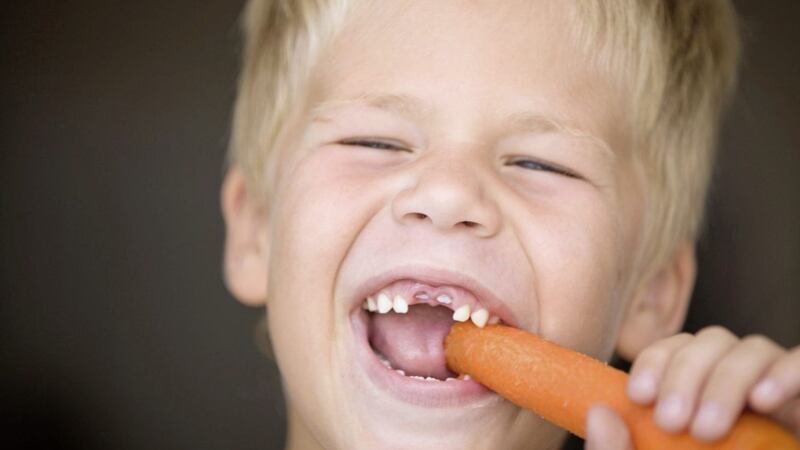MOLARS the size of 50p pieces and jaws four times the size of our own were characteristics of the Paranthropus boisei hominins who lived across East Africa around two to 2.3 million years ago.
These early men, fondly referred to as the Nutcrackers due to their stonkingly huge jaws and teeth, had the thickest enamel of any of our yet discovered human ancestors. They ate a diet based on grasses and not on hard nuts and grains as was initially thought.
The Paranthropus boisei hominins buck the general evolutionary trend which normally presents larger teeth and jaw sizes in populations who ate a tougher type of diet. Way back in 1871, Charles Darwin spotted this link between larger jaws when increased chewing stresses were generated with a harder diet.
More recently, in the 1980s US anthropologist and scientist Robert Corruccini studied several generations of different families in Kentucky. The older generations had a typical diet of dried pork, cornbread fried in lard, game meat and home-grown fruit, vegetables and nuts. These were quite chewy and hard foods to munch on.
However, when the same families began eating a more processed, softer type of diet, within just two generations Dr Corruccini noted that the people’s jaws became reduced in size, resulting in more crowded teeth. So, the older generation, despite not having access to dental care, had better bites, better facial appearance and better teeth than their children and grandchildren.
This points to environmental factors having a big impact on facial development and in some cases overwhelming the genetic influence in determining growth. The interesting fact is how fast the changes occurred in the families; it wasn’t over hundreds or thousands of years – the changes occurred within decades of a change in the diet.
With this in mind, from an early age parents and carers can have a positive influence on a child’s jaw development. Giving harder, more natural foods, like uncooked vegetables, has the ability to stimulate larger jaws which will give more room for the teeth to fit and mean that the child is less likely to need braces.
This may be especially relevant if the parent has suffered from small jaws and crowded teeth; by changing the child’s diet you decrease the chances of passing this on.








